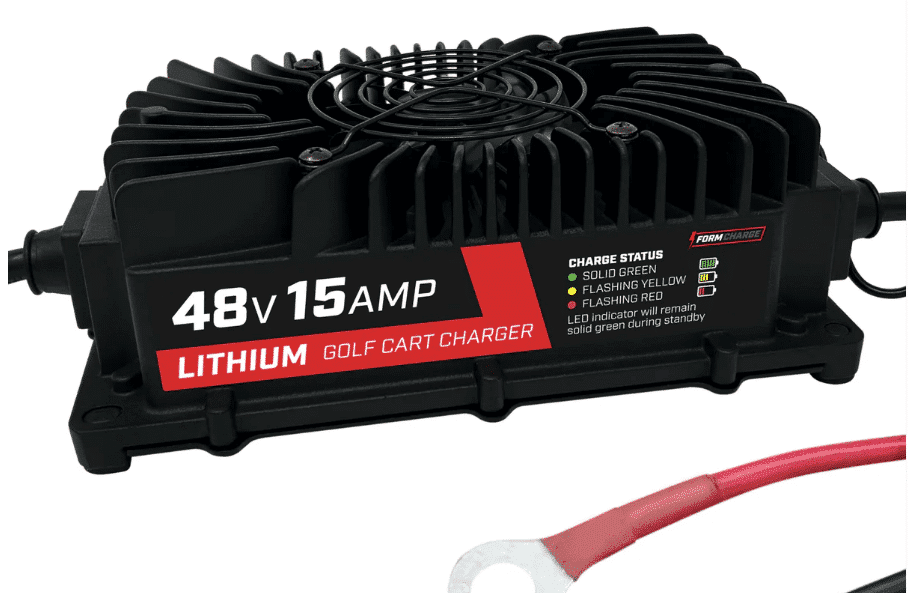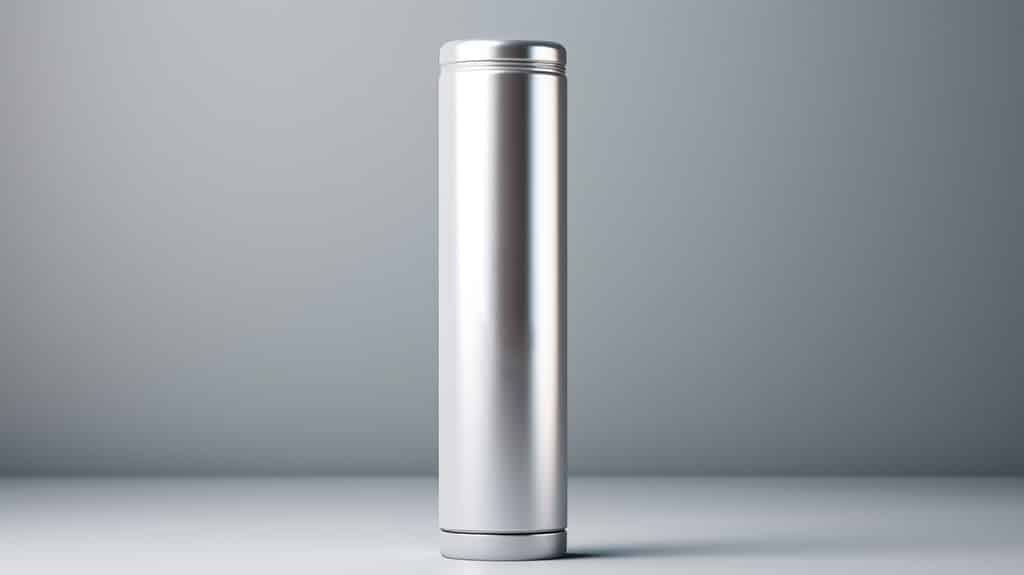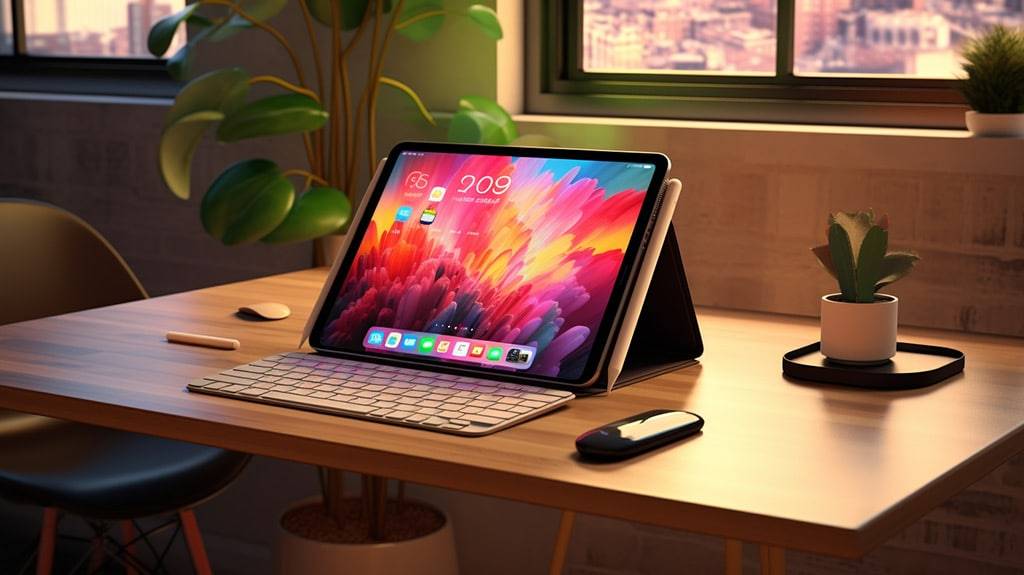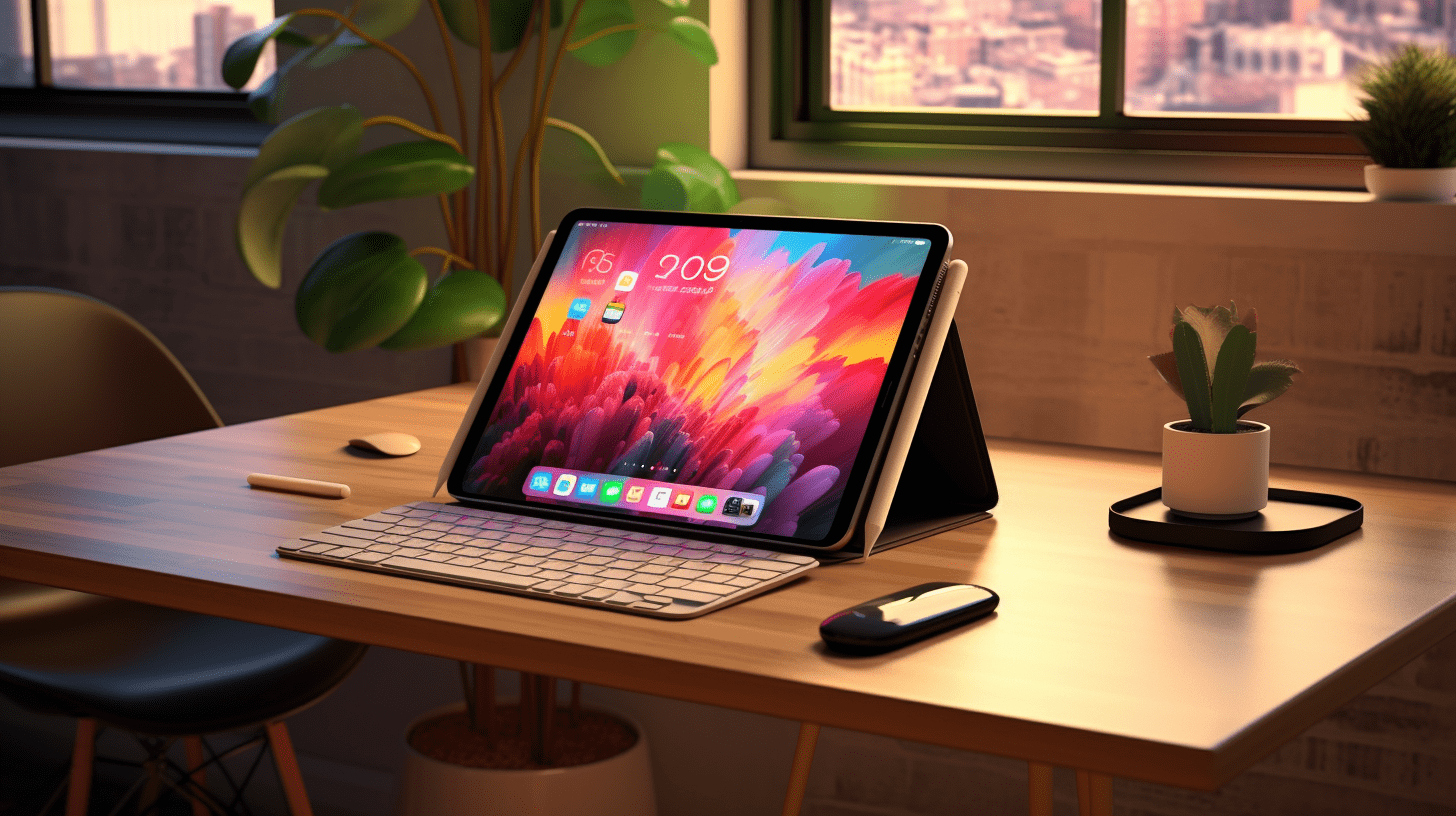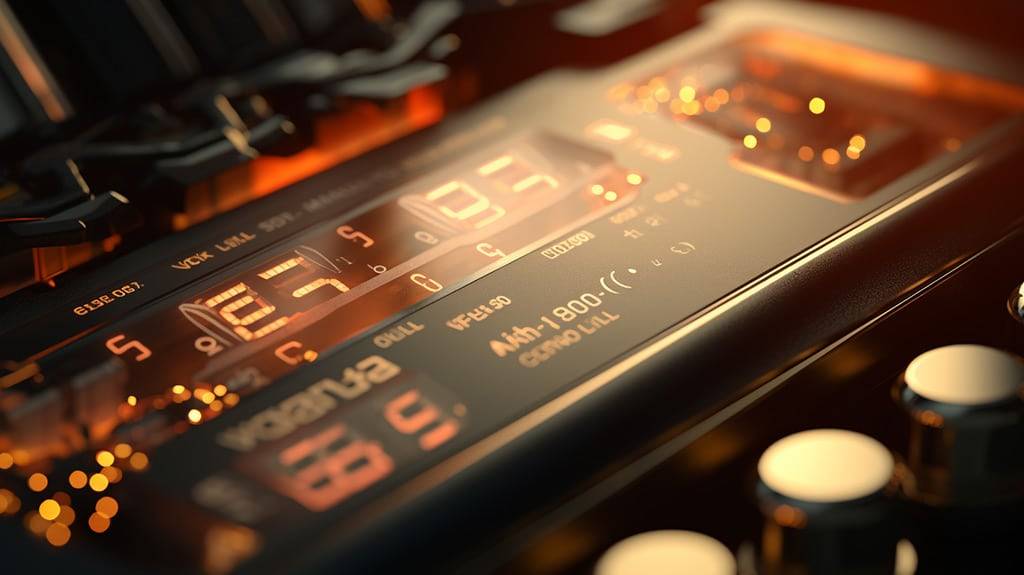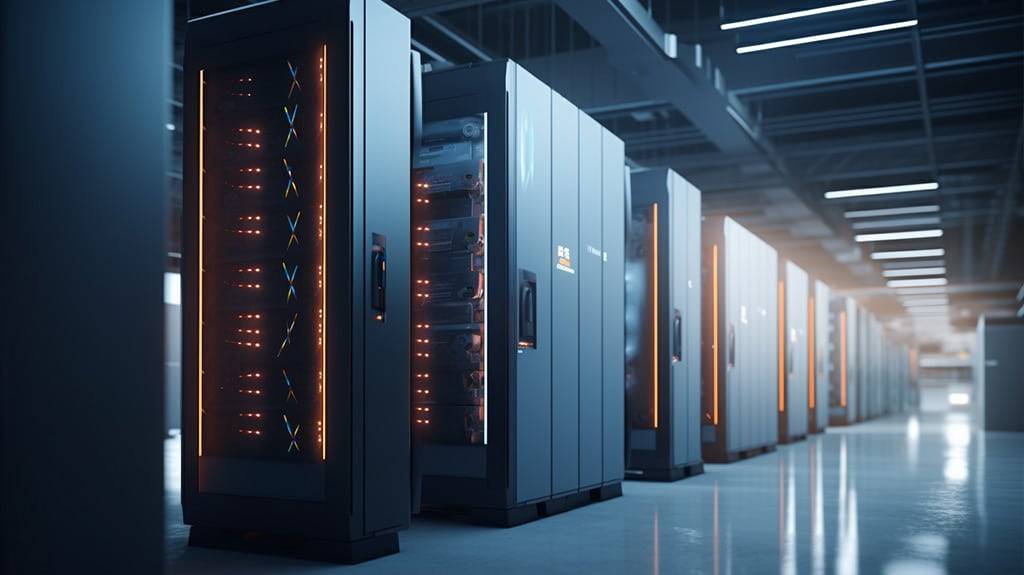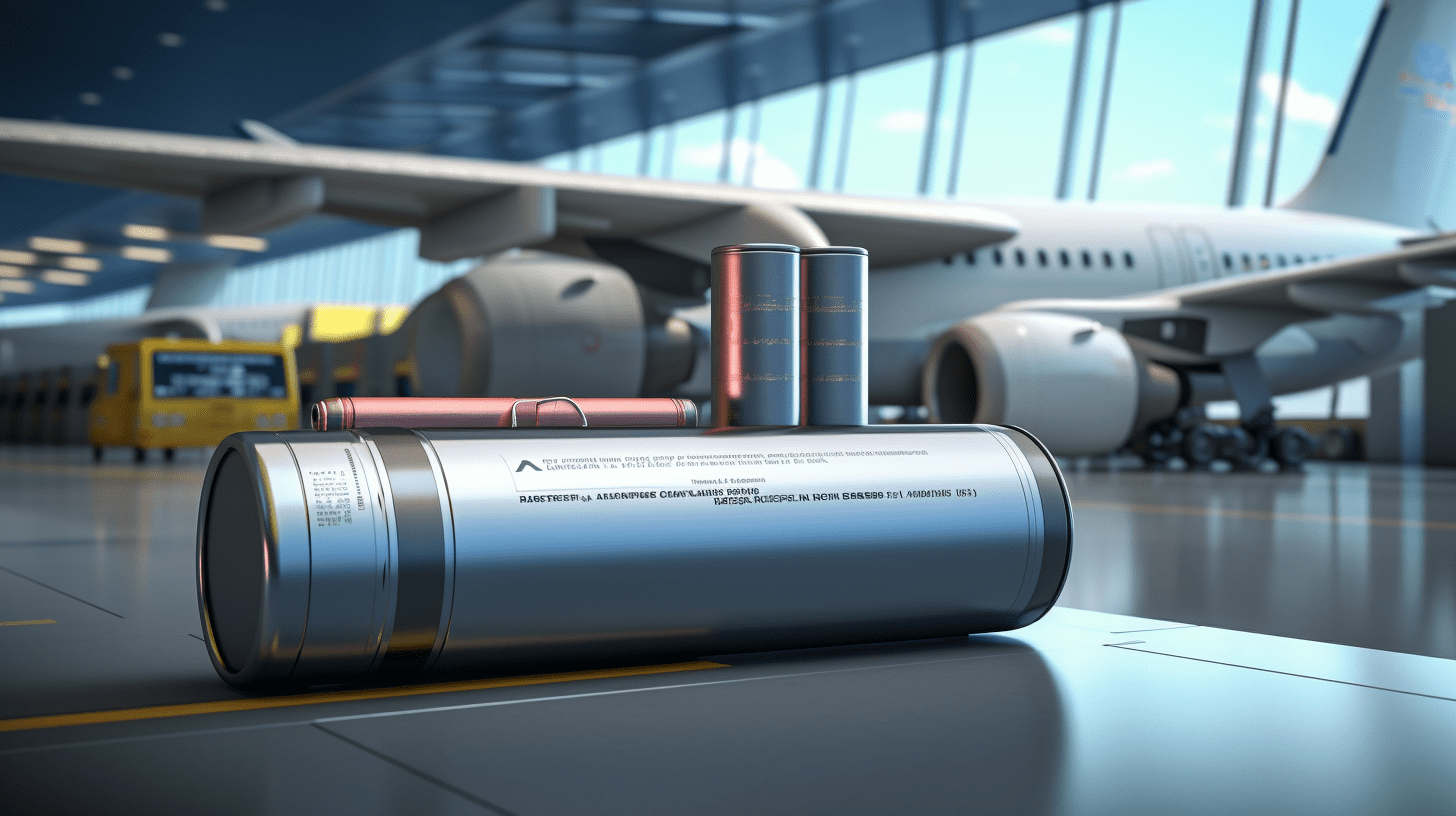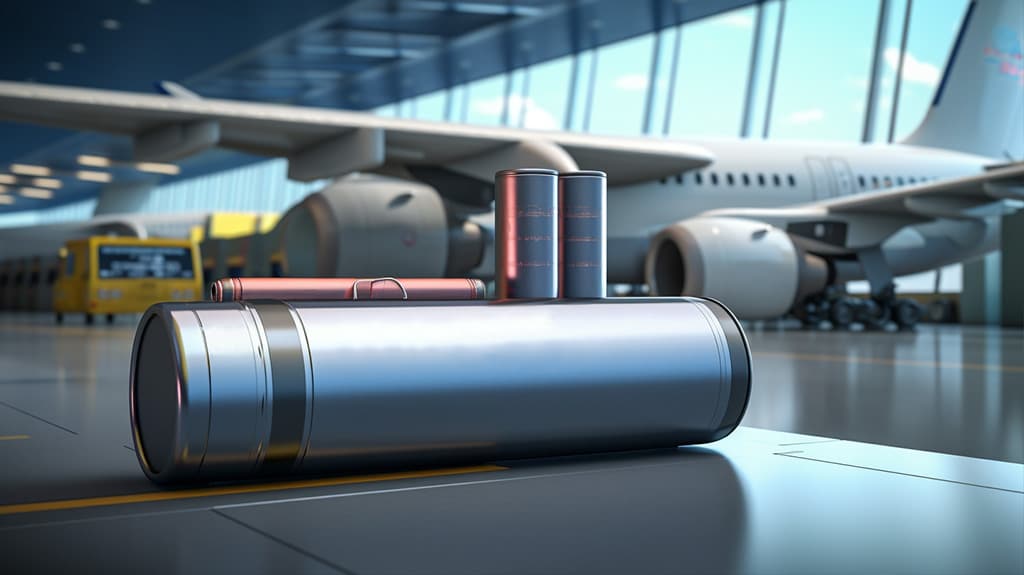The Ultimate Guide to Understanding Lithium Battery Trickle Chargers
Unlock the secrets of lithium battery trickle chargers with this comprehensive guide. Learn what they are, how they work, their benefits, and tips for choosing the right one. Discover the suitability for lithium-ion batteries, customer reviews, and real-life applications. Become an expert on maintaining your lithium batteries with this electrifying guide!
What is a Trickle Charger?
Trickle chargers, also known as float or maintenance chargers, are the gentle caretakers of your lithium batteries. Unlike fast chargers, they provide a low, steady current over an extended period, preventing deep discharge and extending the battery’s lifespan. These chargers work by supplying a continuous flow of electricity to compensate for self-discharge, and they can even revive slightly discharged batteries. Now, let’s dive into how these gadgets work their magic on our precious lithium batteries!
- Gradual Charging: Trickle chargers deliver a low, consistent current to lithium batteries, avoiding rapid charging to extend battery life.
- Continuous Flow: Connected directly to battery terminals, they provide a continuous flow of electricity, compensating for self-discharge within the cell.
- Versatile Power Sources: Trickle chargers can be plugged into an electrical outlet or powered by solar energy, offering flexibility in usage.

How Does a Trickle Charger Work?
- Crucial Maintenance Role: Trickle chargers are vital for preserving the charge of lithium batteries over an extended period, preventing natural self-discharge.
- Low, Steady Current Delivery: At its core, a trickle charger supplies a consistent low current to the battery, countering the self-discharge process and enhancing the lithium battery‘s lifespan.
- Three-Stage Charging Algorithms: Trickle chargers employ three-stage charging algorithms – bulk charge, absorption charge, and float charge. Bulk charging swiftly brings the battery to 80% capacity, followed by controlled absorption charging to 95%, and the float charge maintains full charge without causing damage.
- Continuous Monitoring and Adjustment: The trickle charger continuously monitors and adjusts its output during the float charge stage, ensuring optimal performance and longevity for lithium batteries.
- Optimal Performance Assurance: By delivering a steady power stream at varying levels based on the battery’s charge state, trickle chargers play a crucial role in ensuring optimal performance and durability. Always refer to manufacturer guidelines for compatibility with your specific battery model!
Benefits of Using a Trickle Charger for Lithium Batteries
- Optimal Charge Maintenance: Trickle chargers sustain the optimal charge level for lithium batteries, especially beneficial for devices with infrequent use, preventing irreversible damage due to complete discharge.
- Extended Battery Lifespan: Consistent low-rate charging offered by trickle chargers contributes to an extended battery lifespan. This approach keeps battery cells active and balanced, minimizing the risk of capacity loss over time.
- Convenience and Assurance: Trickle chargers provide convenience and peace of mind through automated monitoring. They adjust voltage output based on the specific needs of the battery, allowing worry-free, connected charging without the risk of overcharging or undercharging.
- Built-in Safety Features: Many modern trickle chargers come equipped with built-in safety features such as short-circuit protection and reverse polarity prevention. These features prioritize user safety and safeguard batteries during the charging process.
- Reduced Downtime: Utilizing a trickle charger helps minimize downtime caused by dead or drained batteries. This is especially crucial in emergency situations or critical operations where an uninterrupted power supply is essential.
Is Trickle Charging Suitable for Lithium Ion Batteries?
- Common Trickle Charging Method: Trickle charging is commonly employed for long-term battery maintenance. However, when dealing with lithium-ion batteries, specific considerations come into play.
- Unique Charging Requirements: Lithium-ion batteries have distinct charging requirements that differ from other battery chemistries. They necessitate a controlled and precise charging process for longevity and safety.
- Trickle Charger Limitations: Trickle chargers, providing a constant low-level current, may not be suitable for lithium-ion batteries. This method can lead to overcharging, premature aging, or even damage.
- Built-in Protection Circuits: Unlike conventional lead-acid batteries, lithium-ion batteries feature built-in protection circuits regulating charge levels. When connected to a trickle charger, these circuits may not function correctly, posing potential issues.
- Safety Concerns: Trickle charging lithium-ion batteries can result in overcharging, potentially causing damage. To ensure safe charging, it’s recommended to use chargers specifically designed for lithium-ion chemistry, equipped with advanced features like temperature monitoring and voltage regulation.
- Follow Manufacturer Recommendations: While trickle chargers may be suitable for some batteries, they are generally not recommended for lithium-ion batteries. Adhering to manufacturer recommendations and utilizing dedicated chargers designed for the specific battery type is the best practice.
Trickle Charging vs. Fast Charging: Which is Better?
When it comes to charging lithium batteries, there are two main options: trickle charging and fast charging. Each method has its own advantages and considerations, so let’s explore them further.
- Trickle Charging: A gradual, slow approach to charging that delivers a low current over an extended period. Ideal for maintaining battery health, preventing overcharging, and ensuring longevity. Best suited for those prioritizing battery health over immediate power.
- Fast Charging: Offers quick replenishment by delivering high currents in a short time. Convenient for immediate power needs but may stress the battery, potentially reducing overall lifespan with frequent use.
- Considerations: The choice depends on specific needs. Trickle charging is recommended for maintaining longevity, while fast charging suits immediate power requirements. Check device compatibility and manufacturer recommendations before choosing a method. Factors such as time availability and long-term battery health goals should be considered. Always refer to the user manual or contact customer support for guidance.
When Should You Use a Trickle Charger?
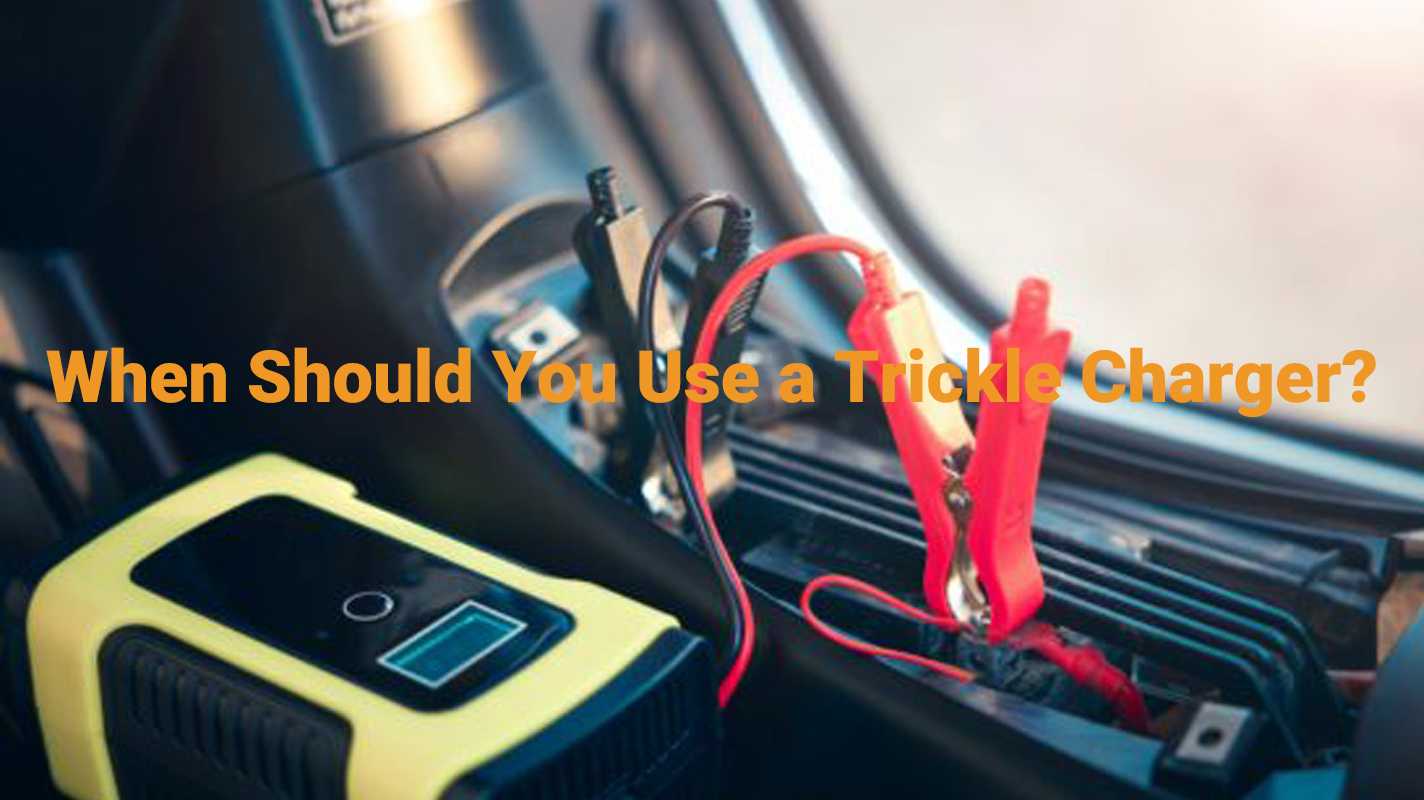
Trickle chargers are designed to provide a slow and steady charge to maintain the battery’s optimal voltage level. So, when should you consider using a trickle charger?
- Long-term Storage: Ideal for extended periods of battery inactivity, especially during winter or when you have spare batteries not in use. Prevents self-discharge, keeping batteries in good condition for future use.
- Infrequent Use: Connect devices or vehicles powered by lithium batteries to a trickle charger between uses if they aren’t frequently utilized. Prevents self-discharge and ensures batteries are charged and ready when needed.
- Maintenance Charging: Helpful if a lithium battery has been deeply discharged or experienced a significant voltage drop due to extended disuse. Trickle charging brings it back slowly without risking damage.
- Battery Longevity: Regular use of a trickle charger as part of a maintenance routine extends the overall lifespan of lithium batteries. Prevents degradation from deep discharge cycles, maintaining optimal voltage levels consistently.
Remember that different brands and models of trickle chargers may have specific recommendations regarding usage times and intervals, so always refer to the manufacturer’s instructions before deciding how long to leave the charger connected.
Using a trickle charger in these situations will help ensure that your lithium batteries stay healthy and perform optimally whenever you need them most.
How Long Should You Leave a Trickle Charger on a Battery?
Ensuring the right duration for a trickle charger on your battery is essential for optimal performance. Here’s a concise guide:
- Initial Charge Level Impact: The initial charge level of your battery affects the time needed for a full recharge, with completely discharged batteries requiring more time.
- Slow and Steady Maintenance: Trickle chargers work slowly, providing a low current over time for maintenance purposes. Overnight or extended periods are generally safe for this gradual charging process.
- Preventing Overcharging: Monitoring the charging process is crucial to prevent overcharging, which can harm the battery. Regular checks help maintain the battery’s health.
- Manufacturer’s Guidelines: Follow the specific instructions provided by both the trickle charger and battery manufacturers regarding duration and voltage levels for safe and effective charging.
- Fast Charging for Deep Discharge: For deeply discharged batteries, consider fast-charging methods instead of relying solely on trickle chargers designed for maintenance during periods of inactivity.
- Regular Assessment: Periodically assess the battery’s condition and seek expert advice for any concerns or questions regarding the appropriate charging methods and durations.
Can a Trickle Charger Save a Battery?
Trickle chargers, with their low, consistent current, play a crucial role in preventing battery discharge and extending lifespan. However, their effectiveness on severely discharged batteries may have limitations. While they help prevent self-discharge and sulfation, additional methods like desulfators may be needed for heavily sulfated batteries. Regular use as a preventive measure and patience during the rejuvenation process contribute significantly to extending overall battery life, making trickle chargers a valuable investment in lithium-ion battery care.
Differences Between Battery Tenders and Trickle Chargers
Battery tenders and trickle chargers are commonly used terms, but they serve distinct purposes in battery maintenance. Here’s a quick guide:
- Battery Tenders:
- Provide a low constant charge for extended periods.
- Ideal for long-term storage or inactivity.
- Prevent self-discharge and maintain optimal voltage levels.
- Trickle Chargers:
- Deliver a continuous low-amperage charge.
- Suitable for both charging and maintenance.
- Especially useful when quick recharging is unnecessary.
Understanding the differences in their charging rates—tenders with lower amperage—is crucial for choosing the right device based on specific needs. Tenders are for prolonged maintenance, while trickle chargers are for occasional slow charging and maintenance. This knowledge ensures proper care for lithium batteries.
Important Parameters to Consider for Battery Charging

When charging your lithium battery, crucial parameters demand attention for optimal performance and longevity:
- Voltage: Ensure the charger provides the correct voltage to prevent overcharging or undercharging.
- Charging Current (Amperage): Select an appropriate amperage level to avoid overheating and cell damage.
- Temperature: Charge within the recommended temperature range of 0°C to 45°C (32°F – 113°F) to preserve capacity and performance.
- Safety Features: Opt for chargers with built-in protections like overcharge prevention and thermal management.
- Compatibility: Choose a trickle charger explicitly designed for lithium batteries to ensure optimal results.
Considering these parameters ensures safe and effective charging, maximizing the lifespan and performance of your lithium battery.
Tips for Choosing the Right Trickle Charger
When it comes to choosing the right trickle charger for your lithium battery, there are a few important tips to keep in mind.
- Voltage and Capacity: Ensure compatibility with your battery specifications.
- Charging Current: Opt for low and constant current to prevent overcharging.
- Safety Features: Prioritize chargers with protections like reverse polarity and overcharge prevention.
- Portability: For on-the-go charging, choose a compact and lightweight charger.
- User-Friendly Features: Look for indicators or displays for charging status and battery condition.
- Price: Balance quality and budget, investing in a reputable brand for efficient and safe charging.
Following these tips ensures efficient charging and extends the lifespan of your lithium battery.
Best Practices for Trickle Charging Lithium Batteries
- Choose a Lithium-Specific Charger: Opt for a charger designed exclusively for lithium batteries to meet their unique charging requirements.
- Regularly Monitor Charging: Keep a check on the voltage using a multimeter and halt charging if abnormal readings or excess heat are observed.
- Charge at Room Temperature: Maintain a room temperature (20-25°C) environment for efficient and durable charging.
- Prevent Overcharging: Disconnect the charger promptly once the lithium battery is fully charged to avoid overcharging and potential damage.
- Follow Manufacturer’s Guidelines: Adhere to the manufacturer’s instructions for your specific lithium battery model, considering specific recommendations and precautions.
By adopting these best practices, you ensure safer and more effective trickle charging, maximizing the longevity and performance of your lithium batteries.
Common Misconceptions About Trickle Chargers
Misconception #1: Trickle chargers overcharge the battery.
One common misconception about trickle chargers is that they can overcharge the battery. In reality, a good quality trickle charger is designed to deliver a small, constant current to maintain the battery’s charge without overcharging it. These chargers are equipped with built-in voltage regulators and monitoring systems that prevent overcharging.
Misconception #2: Trickle charging is only for older batteries.
Some people believe that trickle charging is only necessary for older or low-capacity batteries. However, this is not true. Whether you have a new or old lithium battery, using a trickle charger can help extend its lifespan by keeping it fully charged and preventing self-discharge.
Misconception #3: Fast charging is always better than trickle charging.
While fast charging may be convenient when you need to quickly charge your battery, it’s not always the best option for long-term battery health. Trickle charging allows for a slow and steady recharge, which reduces stress on the cells and helps prolong their lifespan.
Misconception #4: Trickle chargers are expensive.
Another common misconception about trickle chargers is that they are expensive. In fact, there are many affordable options available in the market today. Investing in a good quality trickle charger can save you money in the long run by extending your lithium battery’s life and avoiding premature replacements.
Misconception #5: You don’t need to monitor the process while using a trickle charger.
It’s important to note that even though you’re using a trickle charger, it doesn’t mean you should neglect monitoring the charging process altogether. While these chargers provide safe and consistent power delivery, periodically checking on your battery’s condition ensures everything is functioning as expected.
By debunking these misconceptions surrounding lithium battery trickle chargers, we hope to provide clarity on their benefits and correct any misunderstandings. Understanding how trickle chargers work and their advantages can help you
Customer Reviews and Recommendations for Lithium Battery Trickle Chargers
When choosing a trickle charger for your lithium battery, customer reviews offer valuable insights into real-world experiences. Here are key takeaways from user feedback:
- Convenient Usage: Users appreciate the ease of use and convenience of trickle chargers, eliminating the need for manual monitoring. LED indicators conveying charging status are often highlighted.
- Enhanced Battery Health: Positive reviews emphasize the effectiveness of trickle chargers in extending battery life and improving overall performance, providing long-term cost savings and reliable power.
- Versatility Across Applications: Customers find trickle chargers versatile, suitable for various lithium batteries in automotive, marine, and motorcycle applications.
- Safety Features: Some models are praised for incorporating safety features like overcharge protection and short-circuit prevention, instilling confidence in users about damage-free charging.
While opinions may vary on specific brands, the overall positive feedback underscores the value of investing in a quality lithium battery trickle charger. Always consider multiple sources to make an informed purchase decision based on your specific needs.
Frequently Asked Questions (FAQs) About Trickle Chargers for Lithium Batteries
Q: Can I use a trickle charger for all types of lithium batteries?
A: Trickle chargers are generally safe to use with most types of lithium batteries, including Li-ion and LiFePO4. However, it’s always best to refer to the manufacturer’s guidelines to ensure compatibility.
Q: How long should I leave a trickle charger on my battery?
A: The duration of trickle charging can vary depending on factors such as the battery capacity and its current charge level. As a general rule of thumb, it is recommended to leave the trickle charger connected until the battery reaches full charge or at least 12-24 hours.
Q: Will using a trickle charger extend the lifespan of my lithium battery?
A: Yes! One of the greatest benefits of using a trickle charger is that it helps maintain your battery’s optimal charge level without overcharging. This can significantly prolong its overall lifespan and improve performance in the long run.
Q: Can I use a fast charger instead?
A: While fast chargers offer convenience by quickly replenishing your battery’s charge, they may not be suitable for continuous maintenance charging like trickle chargers. Fast charging can lead to excessive heat generation and potentially degrade your lithium battery over time.
Q: Do I need any special equipment or accessories when using a trickle charger?
A: In most cases, you won’t require any additional equipment apart from what comes with your chosen trickle charger. However, it is advisable to read through the product instructions carefully and follow any specific recommendations provided by the manufacturer.
Remember, these answers are intended as general guidance only. It is always wise to consult with experts or refer to user manuals for precise information about your specific brand/model of lithium battery and associated charging requirements.

